Virology research timeline
Long-term plant virology research transmits global benefits.
Research at the John Innes Centre into viruses has underpinned many different developments in science, medicine and agriculture. Today, much of that support is provided by BBSRC.
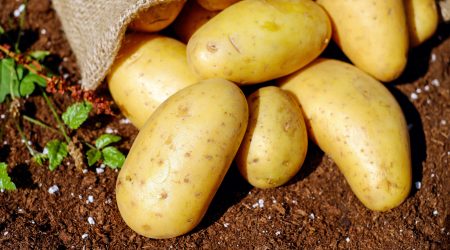 1920
1920
Potato Virus Research Station set-up
The Ministry of Agriculture appoint a committee to oversee virus research in the UK and help set up the Potato Virus Research Station at the University of Cambridge
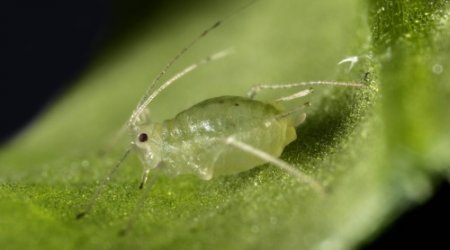 1930
1930
Proof that common aphid acts as a vector
McKenney Hughes at the John Innes Horticultural Institution in Merton, London, proves that the common aphid acts as an insect vector for viruses using the variegation in tulips (broken tulips).
 1940
1940
Roy Markham joins the Potato Virus Station
Roy Markham joins the Potato Virus Station, Cambridge, pioneering biochemical and biophysical investigations of plant viruses. The Station is renamed the (Plant) Virus Research Unit.
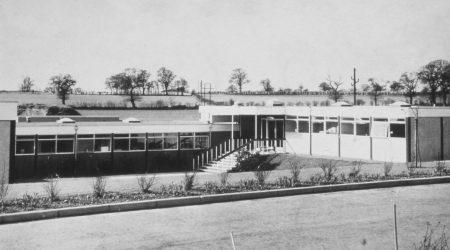 1967
1967
The John Innes Institute moves to Norwich
The John Innes Institute moves to Norwich appointing Director, plant virologist, Roy Markham FRS, who brings with him the Agricultural Research Council, funded Virus Research Unit team.
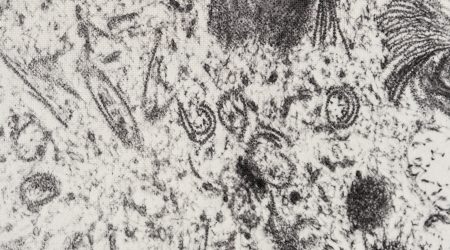 1970
1970
First infection of protoplasts using a plant virus delivered
John Innes Institute scientists with collaborators deliver the first infection of protoplasts (cells with their outer wall removed) using a plant virus, a technique widely used later for getting foreign DNA into plant cells.
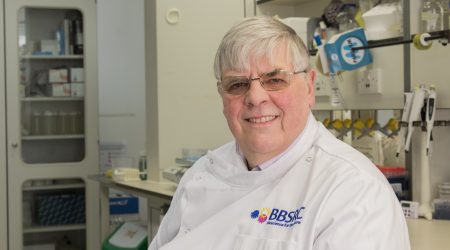 1980
1980
Professor George Lomonossoff joins the Department of Virus Research
George Lomonossoff moves to the Agricultural Research Council, funded John Innes Institute Department of Virus Research, to undertake fundamental research on the molecular genetics of viruses with RNA genomes. Lomonossoff established a reverse genetic system for the RNA plant virus Cowpea Mosaic Virus (CPMV). Reverse genetics allows researchers to identify the phenotype or observable characteristics associated with particular genes. These findings, revolutionised the study of CPMV, allowing researchers to identify the characteristics which result from particular alterations to the genetics. Research by Lomonossoff and Purdue University (US) resulted in the determination of atomic resolution structure CPMV and its relatives by x-ray crystallography.
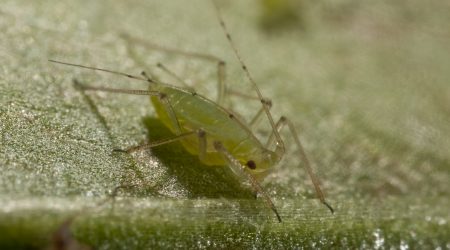 1985
1985
Viral gene products discovered
Peter Markham and colleagues discover the viral gene products which allow transmission between plants by aphids.
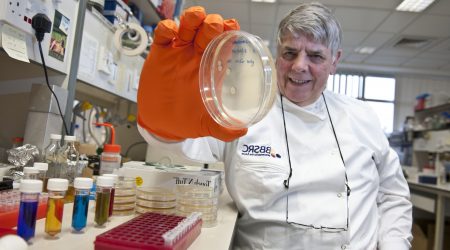 1990
1990
New viral structures developed
George Lomonossoff receives funding from Agriculture and Food Research Council research initiatives in plant molecular biology to work on methods for manipulating virus RNA. Using research outcomes from the 1980’s Lomonossoff collaborates with Purdue on a programme to develop new viral structures, which could form vaccine platforms for producing new vaccines, protecting animals from animal disease via a plant virus.
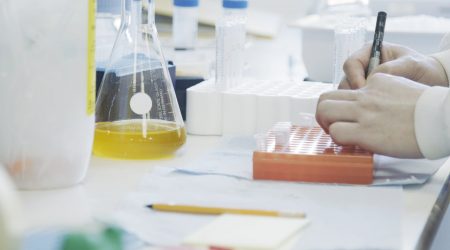 1992
1992
New HIV vaccines developed
Using the vaccine platforms identified above, new HIV vaccines are developed and tests undertaken using plant virus particles to represent a virus.
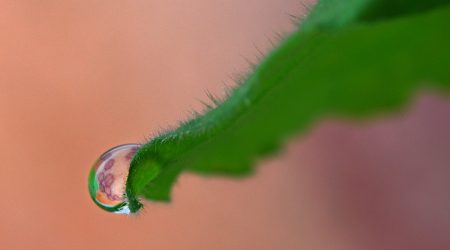 1996
1996
Using plants as bio-reactors to produce pharmaceuticals
Lomonossoff receives funding from the BBSRC’s Wealth Creating Products of Plants Initiative to investigate using plants as bio-reactors to produce pharmaceuticals. Early studies in virology and entomology demonstrated that insects were responsible for transmitting viral diseases between plants. This work was important for allowing researchers some control of insect transmitted viral diseases of crop, vegetable and horticultural plants. The Cucumber Mosaic Virus, for example, has a broad host range, infecting over 1,200 species in several plant families. It can cause losses of up to 80% in crops such as pepper and tomato. Control today involves an integrated pest management approach, while research in this area focuses on looking at mechanisms of resistance. Integrating an entomology department within the John Innes Centre brings virologists, plant scientists and entomologists together to work on both pests and diseases which affect plants, including economically important crops.
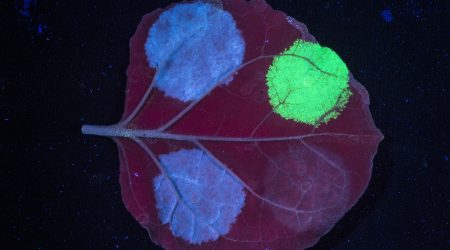 2001
2001
Diagnostics for Foot and Mouth and Bluetongue viruses
John Innes Centre scientists work with BBSRC’s Pirbright Institute on diagnostics for foot and mouth disease and bluetongue viruses. This work leads to a diagnostic test which is being used in Sub-Saharan Africa to protect valuable animals from these devastating diseases. Bluetongue is a serious disease of ruminants; the outbreak in Northern Europe (including the UK) in 2006-9 is estimated to have cost £800 million.
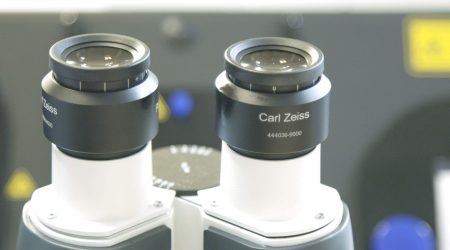 2002
2002
Chemical modification of virus particles for nanotechnology explored
Dave Evans explores chemical modification of virus particles for nanotechnology in collaboration with colleagues at the John Innes Centre.
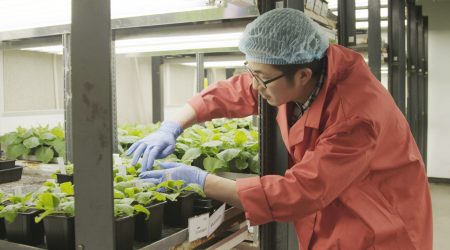 2007
2007
BBSRC funds the development of a plant-based system for producing useful proteins
The Biotechnology and Biological Sciences Research Council funds the development of a plant-based system for producing useful proteins by George Lomonossoff and Frank Sainsbury.
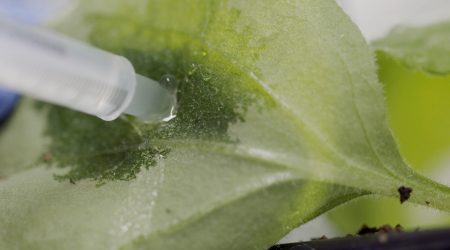 2008
2008
Sainsbury and Lomonossoff publish details of the high-level protein production system
BBSRC funded research leads to Sainsbury and Lomonossoff publishing details of the highlevel protein production system, later named Hypertrans®, in Plant Physiology. Hypertrans® enables high levels of protein expression without producing infectious viral particles, allowing both bio-containment and speed of production. It represents a step change in plant based protein production.
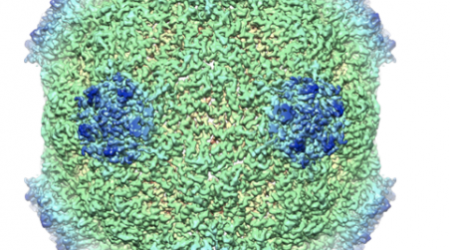 2009
2009
Hypertrans develops virus-like particles in just 14 days
Hypertrans develops virus-like particles in just 14 days. The image shows a geminivirus particle which was derived from natural virus (not hypertrans) and was only solved in 2018
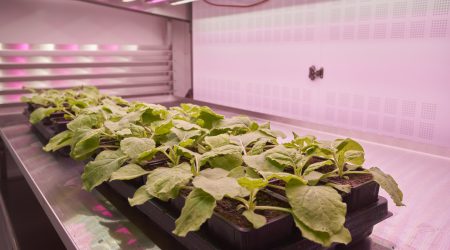 2011
2011
Flu vaccine production time reduced from nine months to 30 days
Medicago build a large facility, using 40 000 plants to manufacture virus-like particles, reducing production times for ten million doses of flu vaccine from nine months to 30 days.
 2012
2012
Lomonossoff and Sainsbury awarded BBSRC Innovator of the Year
Lomonossoff and Sainsbury are awarded BBSRC’s Innovator of the Year award for work on the protein production system.
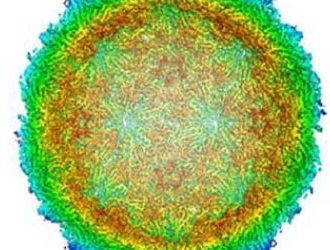 2014
2014
World Health Organisation aim to eradicate polio
John Innes Centre researchers are involved in a World Health Organisation funded consortium with The National Institute for Biological Standards and Control, Oxford University, University of Leeds, Diamond Light Source and the Henry Welcome Building for Genomic Medicine, combining the consortium’s poliovirus genetic systems, and cryo-electron microscopy facilities with our Plant Production Platform. The consortium aims to develop a candidate synthetic Polio vaccine, , which would allow the eradication of the live virus. The World Health Organisation aim to eradicate polio and they have estimated that failure to do so could result in 200,000 cases a year within ten years. The use of Hypertrans® Virus Like Particles would allow vaccination and eradication. The current system uses live or killed virus, which, while very successful at reducing incidents of polio, does result in the occasional release of polio back into the wild. Economic modelling suggests that eradication would save low income countries $US 40-50bn.
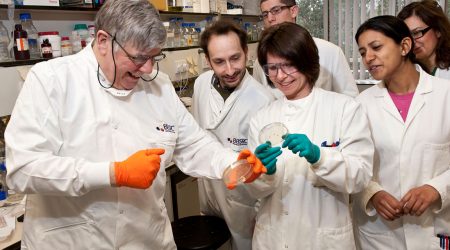 2016
2016
Funding to develop further vaccines, including Dengue and Zika
George Lomonossoff wins funding to develop vaccines against diseases of farmed fish. Then, a year later, is awarded funding with the Universities of Nottingham and Sao Paulo to develop effective diagnostic test for Zika virus infection. Rapidly producing proteins from the Dengue virus and Zika virus allowed the rapid production of an antibody test for Zika.
 2017
2017
Leaf Systems launched
Leaf Systems International Ltd, is launched. It is a collaborative spin-out company between the John Innes Centre, BBSRC and Plant Biosciences Ltd that uses Hypertrans® technology to rapidly produce new products within plant tissue. The Hypertrans® system is used to produce a synthetic Polio vaccine which would allow polio to be eradicated. Phase three trials using 10 000 people are currently underway with the winter flu vaccine developed by Medicago. Meanwhile Findings from Professor Anne Osbourn’s lab have revealed that the genes for natural product pathways are often clustered together in plant genomes, making them easy to identify. Prof Osbourn is using new genome mining algorithms in combination with the Hypertrans® transient plant expression system to allow a step-change in discovery and gram-scale production of valuable small molecules with medicinal, agricultural and industrial uses.
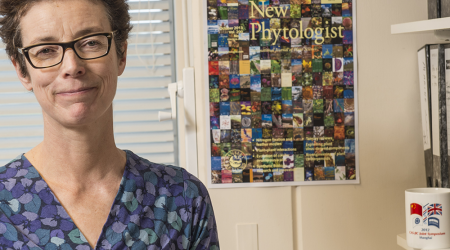 2017
2017
Valuable products from metabolic engineering
Findings from Anne Osbourn’s lab have revealed that the genes for natural product pathways are often clustered together in plant genomes, making them easy to identify. Professor Osbourn is using new genome mining algorithms in combination with the Hypertrans® transient plant expression system to allow a step-change in discovery and gram-scale production of valuable small molecules with medicinal, agricultural and industrial uses
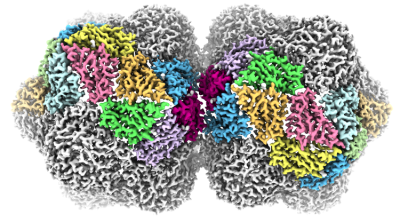 2018
2018
First near-atomic resolution structure
Collaboration between the John Innes Centre and the Astbury Centre (Leeds) results in the first near-atomic resolution structure of a geminivirus
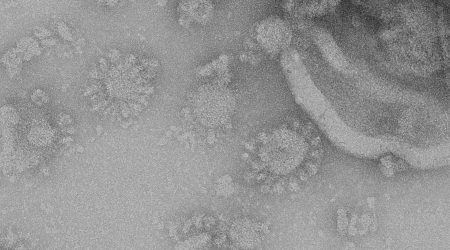 2021
2021
In-tube PCR positive controls for Covid diagnosis produced
Work in the Lomonossoff group results in the production of in-tube PCR positive controls for Covid-19 diagnosis and the production of SARS-CoV-2 virus-like particles (VLPs) in plants
